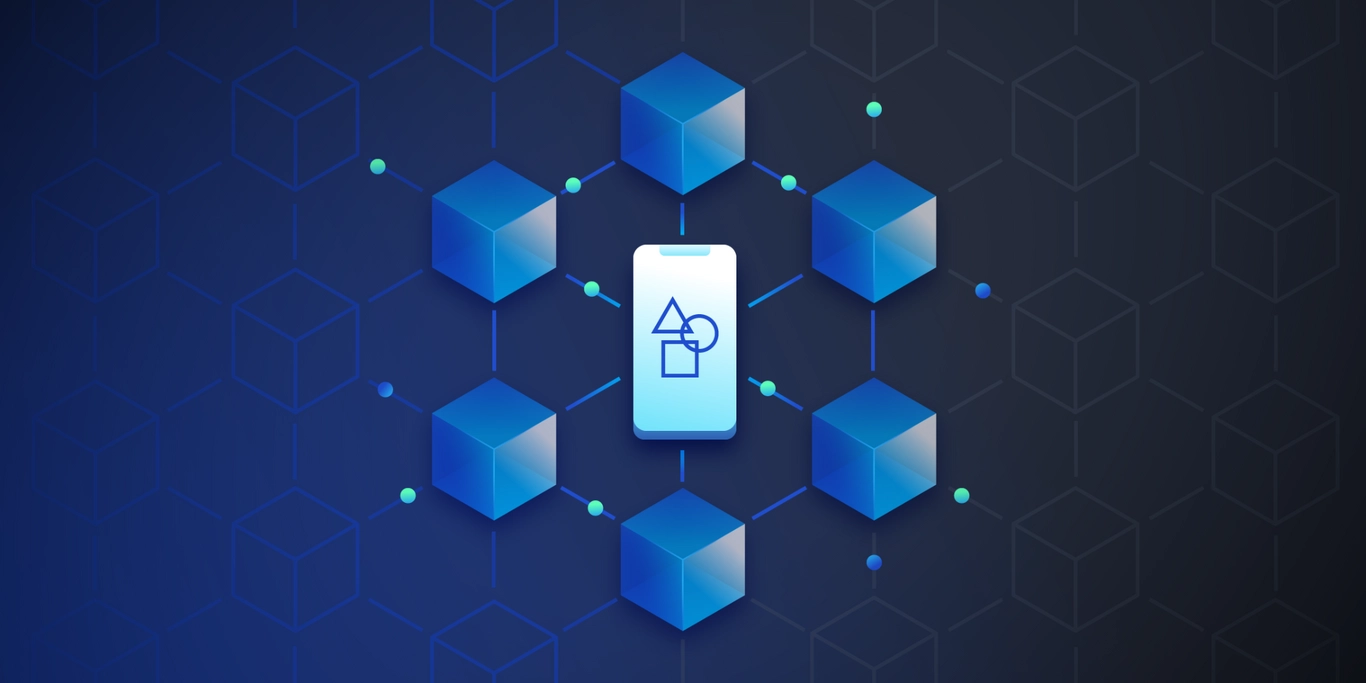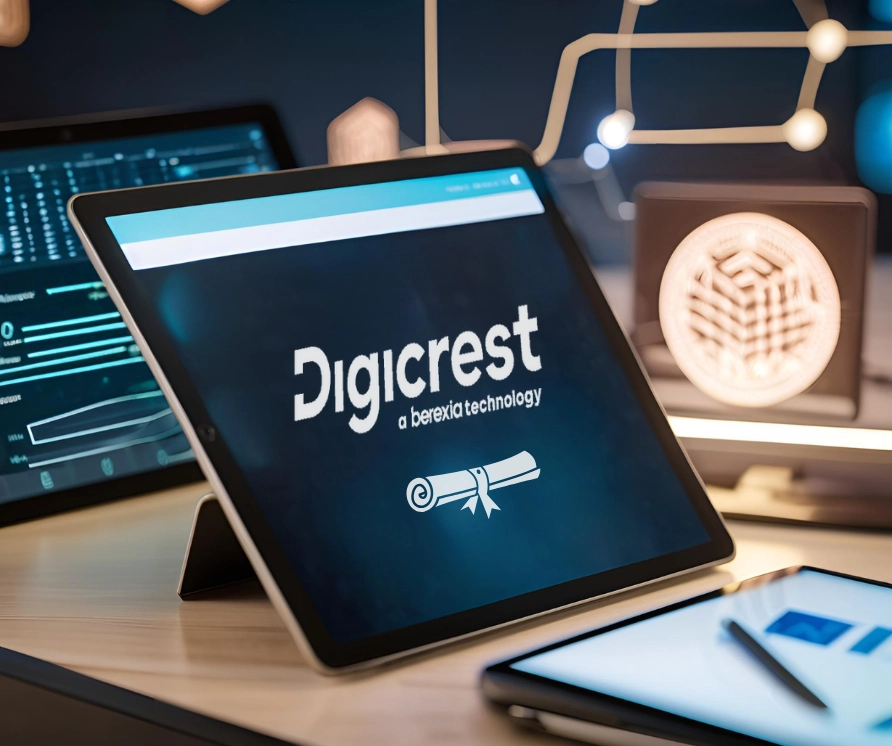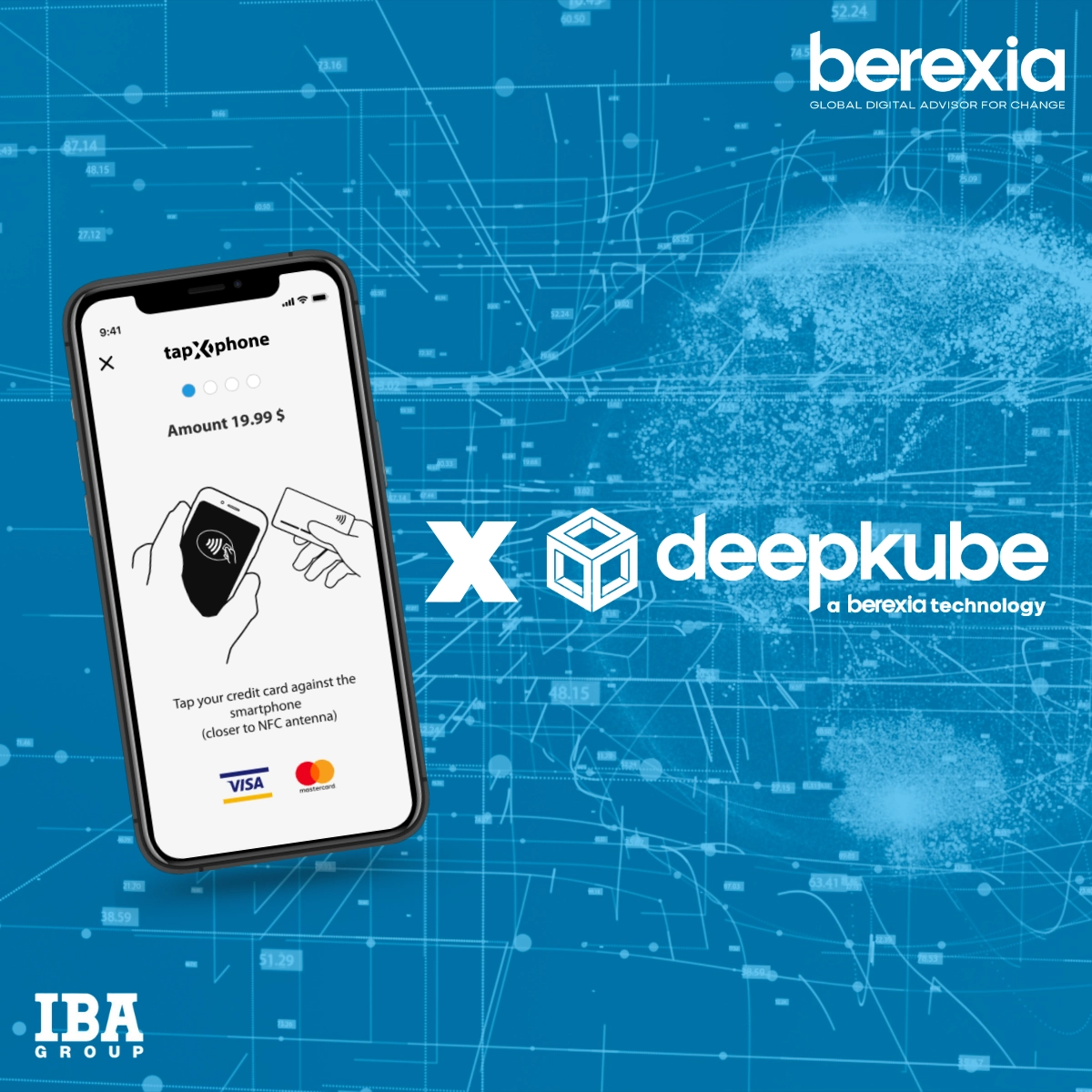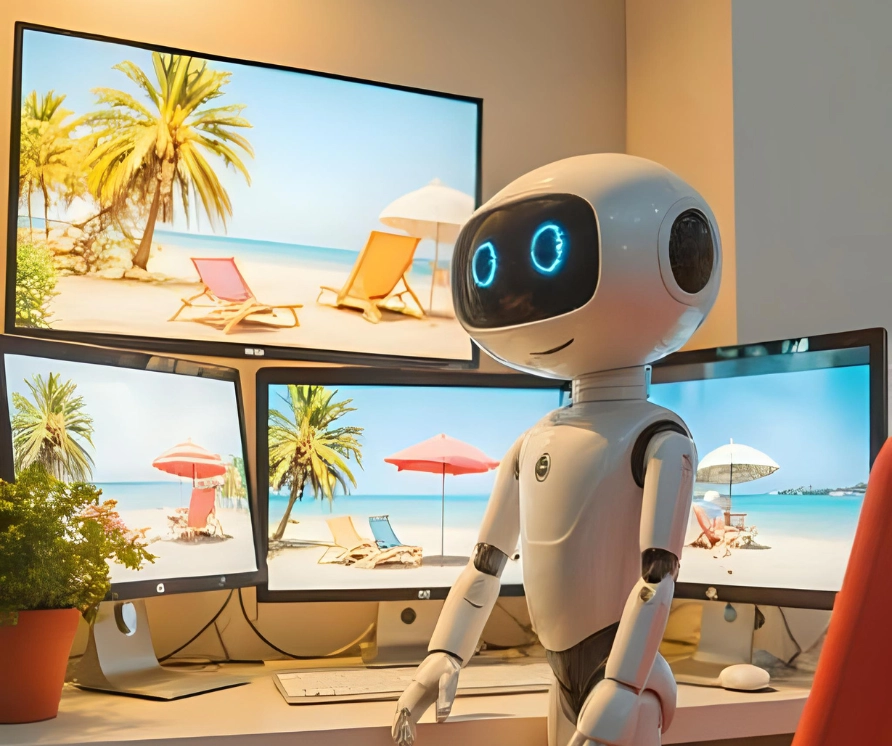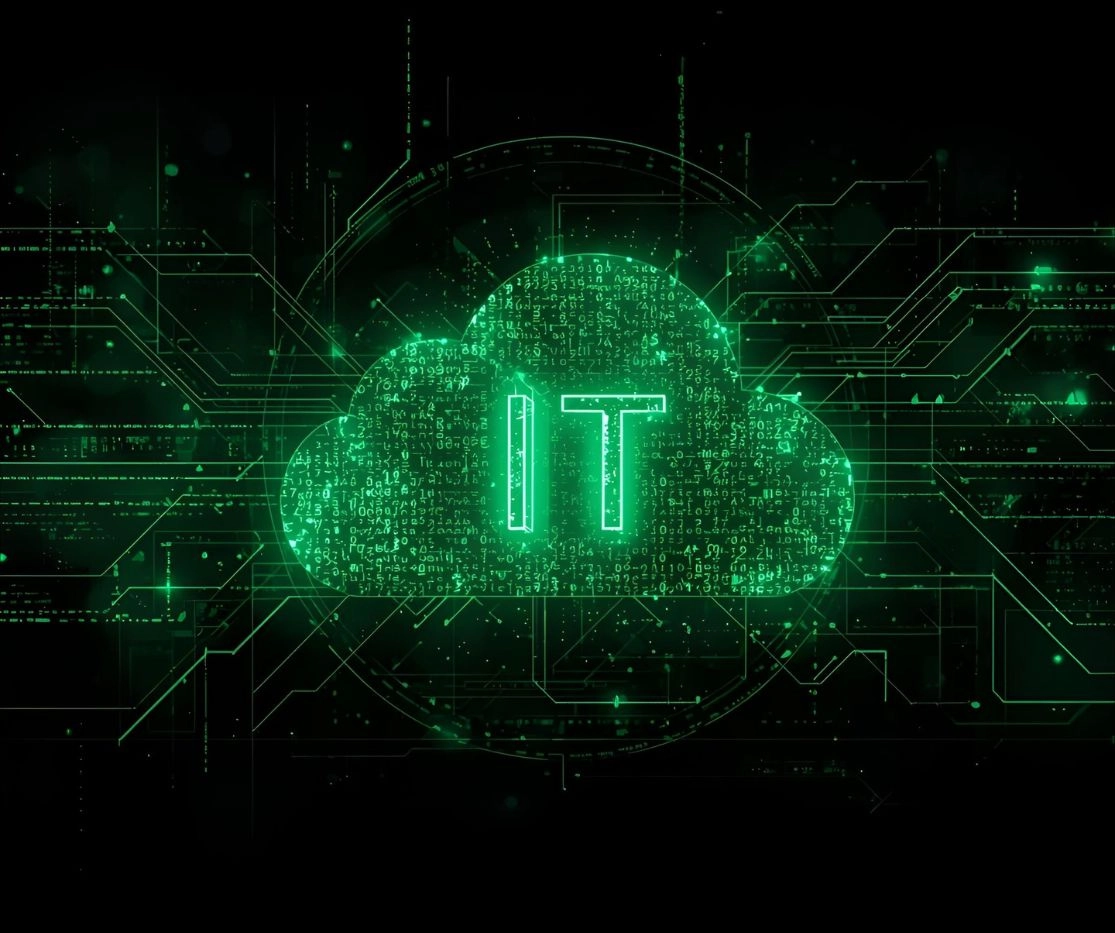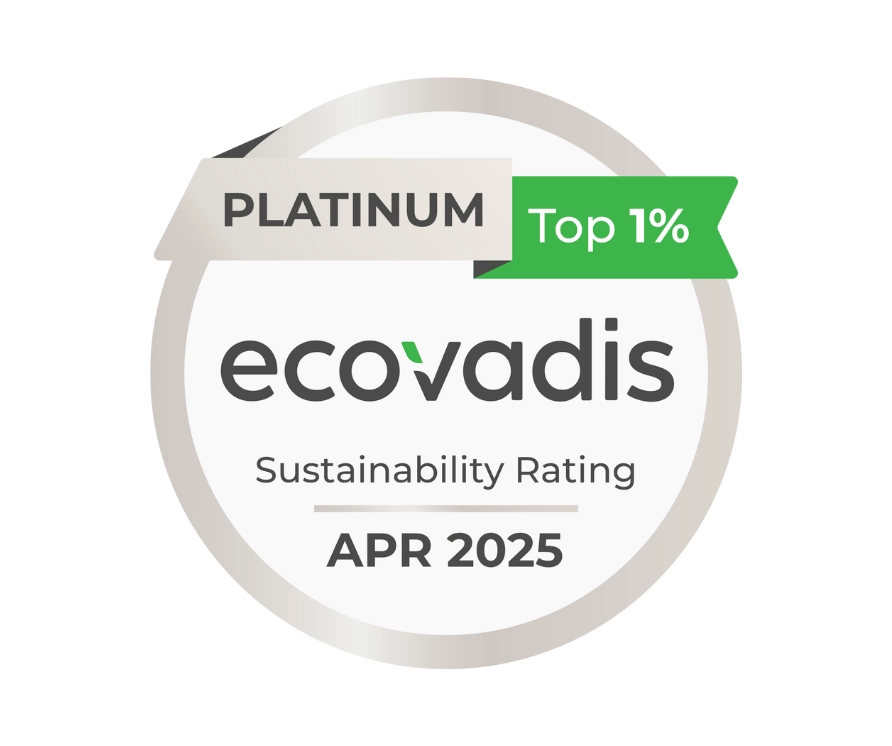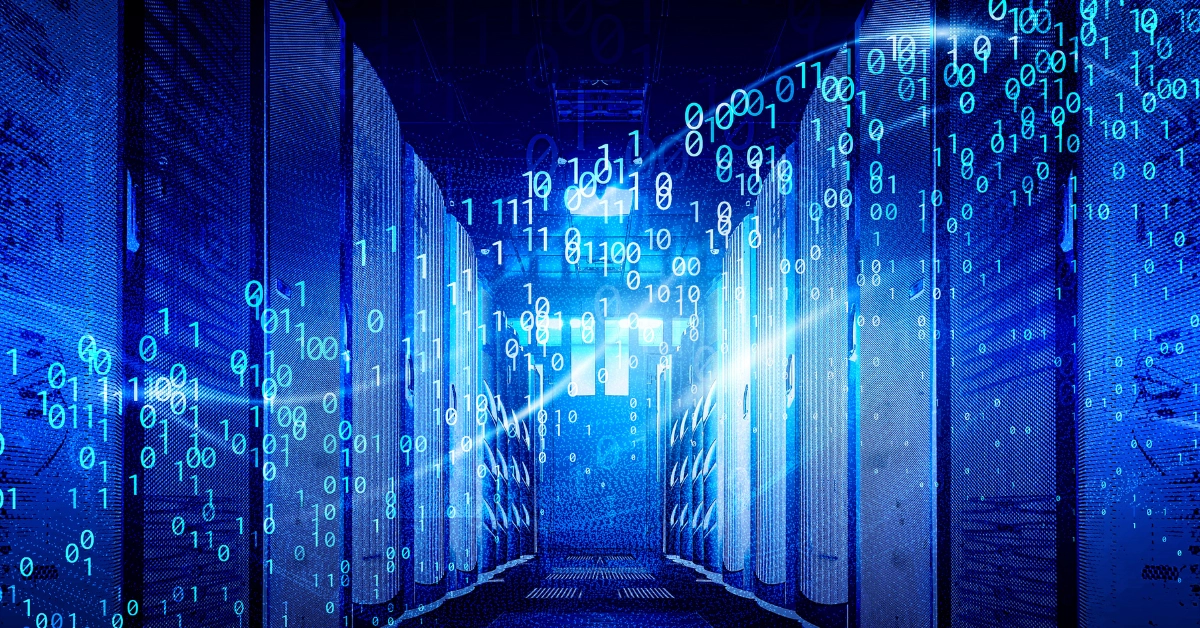Introduction
In the dawning era of Web 3.0 and the Metaverse, a new paradigm is emerging, promising boundless opportunities for positive impact. This technological frontier, built on decentralization and immersive experiences, holds the potential to revolutionize how we interact, transact, and collaborate for the betterment of society.
Web 3.0: Decentralization and Empowerment
Web 3.0 represents a monumental shift in the way we engage with the digital world. At its core, it’s a vision of a decentralized internet, where power is distributed among users, fostering transparency, security, and inclusivity.
Blockchain Technology: The backbone of Web 3.0, blockchain empowers individuals by providing a secure, transparent ledger for transactions. This technology holds the promise of reducing fraud, increasing trust, and enabling direct peer-to-peer interactions.
Smart Contracts and DAOs: Smart contracts automate agreements, ensuring fairness and efficiency in transactions. Decentralized Autonomous Organizations (DAOs) enable collective decision-making, allowing communities to shape their digital environments.
Data Ownership and Privacy: Web 3.0 puts individuals in control of their own data, mitigating concerns about privacy breaches. This shift empowers users to share data on their terms, fostering a more equitable digital landscape.
The Metaverse: Bridging Realities for Good
The Metaverse is a dynamic, interconnected space that merges physical and digital realities. It’s not just a realm of escapism; it’s a platform for innovation, collaboration, and positive societal transformation.
Virtual Reality and Augmented Reality: These technologies offer immersive experiences that can be harnessed for education, training, therapy, and even environmental advocacy. The Metaverse creates opportunities for experiences that transcend physical limitations.
Digital Economies and Innovation Hubs: Within the Metaverse, new economies are emerging. NFTs (Non-Fungible Tokens) and virtual real estate are enabling creators and innovators to monetize their work, while also fostering cultural exchange.
Inclusivity and Accessibility: The Metaverse has the potential to level the playing field, providing equal access to experiences, education, and opportunities regardless of physical location. It opens doors for individuals who may have been marginalized in traditional contexts.
The Metaverse for Good: Shaping a Positive Narrative
Harnessing the power of the Metaverse for positive impact requires a collective effort and a shared vision.
Education and Skill Development: The Metaverse can democratize access to education and skills training, providing pathways for personal and professional growth on a global scale.
Environmental Advocacy and Sustainability: Virtual spaces can serve as platforms for raising awareness about environmental issues and fostering sustainable practices. They can be used to simulate and experiment with eco-friendly solutions.
Social Impact and Community Building: The Metaverse can be a hub for communities to gather, collaborate, and address societal challenges. It offers a platform for organizing collective action and amplifying voices that may have been unheard.
Conclusion
As Web 3.0 and the Metaverse unfurl before us, we stand at the precipice of a transformative era. By leveraging these technologies for good, we can craft a future that is more inclusive, innovative, and interconnected. Together, we have the opportunity to pioneer a digital landscape where every individual has the tools and opportunities to contribute to a more equitable and sustainable world.
